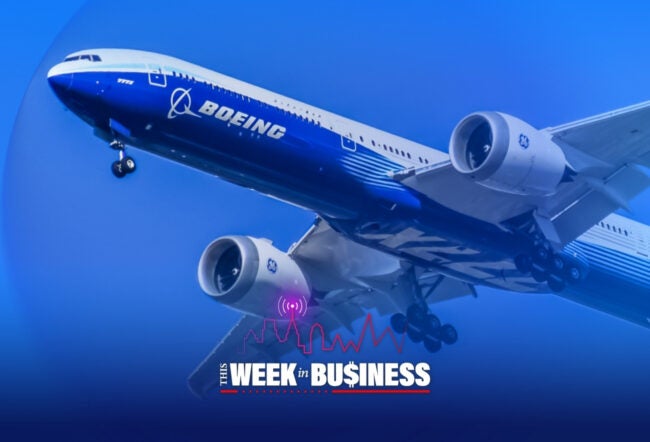 The price war in the Indian pharma market has taken a new turn. Just a few weeks ago, mid-sized Indian firm Natco Pharma took on German multinational Bayer when it was awarded India’s first compulsory license. With this, Natco got the go-ahead to manufacture and sell sorafenib, the generic version of Bayer’s patent-protected renal and liver cancer drug Nexavar. While Bayer’s drug costs a patient around Rs. 280,000 (US$5,200) for a month’s treatment, Natco priced its version at Rs. 8,800 (US$163) per month.
The price war in the Indian pharma market has taken a new turn. Just a few weeks ago, mid-sized Indian firm Natco Pharma took on German multinational Bayer when it was awarded India’s first compulsory license. With this, Natco got the go-ahead to manufacture and sell sorafenib, the generic version of Bayer’s patent-protected renal and liver cancer drug Nexavar. While Bayer’s drug costs a patient around Rs. 280,000 (US$5,200) for a month’s treatment, Natco priced its version at Rs. 8,800 (US$163) per month.
On May 3, another Indian firm, Cipla, slashed prices of its sorafenib drug from Rs. 28,000 (US$519) to Rs. 6,840 (US$126) for a month’s treatment — a 75% reduction in a single move. Cipla has also sharply reduced the price of its lung cancer and brain tumor drugs by around 60% to 75%.
According to Yusuf Hamied, chairman and managing director of Cipla, this price reduction is a humanitarian approach by Cipla to support cancer patients. Talking to business daily The Economic Times, Hamied said: “Yes we are cutting prices; we are being humanitarian. But, at the same time, we are not doing any charity. Doctors in India link the quality of drugs to the price of drugs; we want to remove that misconception.” Cipla, incidentally, is currently contesting a patent infringement suit filed by Bayer over its generic version of Nexavar.
Observers say that Cipla’s expertise in reverse innovation and its economies of scale play a key role in its ability to reduce prices. They see this recent move as being part of Cipla’s strategy to garner a larger share in the growing oncology market in India. “It’s a smart move by Cipla. It will reach many more patients and will also be able to garner a greater market share,” said Anjan Sen, director – health care at Deloitte Touche Tohmatsu India, talking to The Economic Times.
This is not the first time that Cipla has been a price warrior. Some years ago when global pharma companies were selling anti-retroviral drugs for US$10,000 to US$15,000 per patient, per annum, Cipla priced its drugs at around US$350. At that time, Hamied had said: “AIDS is going to be a bigger holocaust in India than an earthquake. We’re not making money, but we are not going to lose money, either.” Cipla’s move compelled other players to lower their prices as well.
Ravinder S. Singha, managing director of FirmLink Pharma, a New Delhi-based pharmaceutical consultancy firm, notes that “this is history repeating…. Cipla’s current step to reduce the prices of its cancer drugs is a replay of what it did with its HIV drugs. Others will have to follow suit.” Singha believes that neither Natco nor Cipla will be incurring any loses at their price points. “This only goes to show how much global multinationals play around with prices,” he adds.
But this time around, it’s not just the global pharma firms that are concerned. Indian firms like Natco, too, have been caught unaware. Natco is expected to launch its version of sorafenib shortly. “As of now, we are sticking to our price of Rs. 8,800, as mentioned in the compulsory license. Over the next couple of days, we will weigh our options and take whatever steps we think are necessary,” says M. Adinarayana, Natco’s company secretary and general manager, legal and corporate affairs.
Adinarayana sees Cipla’s move as a knee-jerk reaction to counter Natco’s low-priced version of Bayer’s Nexavar. He adds, however, that “it is not healthy competition. This price war is going to be embarrassing.”
Singha of FirmLink Pharma points out that the pharmaceutical industry, like any other, is driven purely by business compulsions. “We will see a lot more price wars going ahead,” he says.
Meanwhile, the markets have given a thumbs-up to Cipla’s move. While the broader market plunged 1.87% (or 320 points) on May 4, Cipla was one of the few gainers — up 2.46%. Natco was down by close to 6%.



